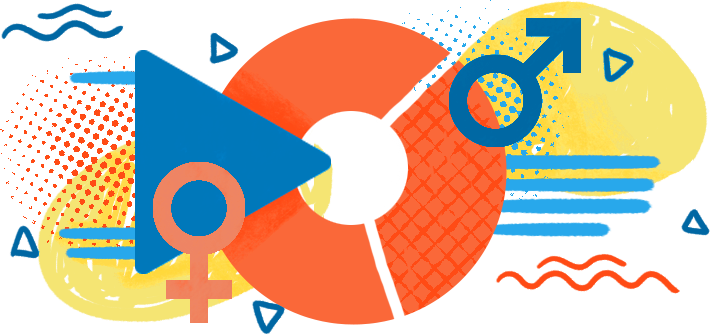What does the evidence say?
Gender and participation |
|
Gendered division of tasks |
|
Volunteering for gender equality |
|

Gender and participation |
|
Gendered division of tasks |
|
Volunteering for gender equality |
|